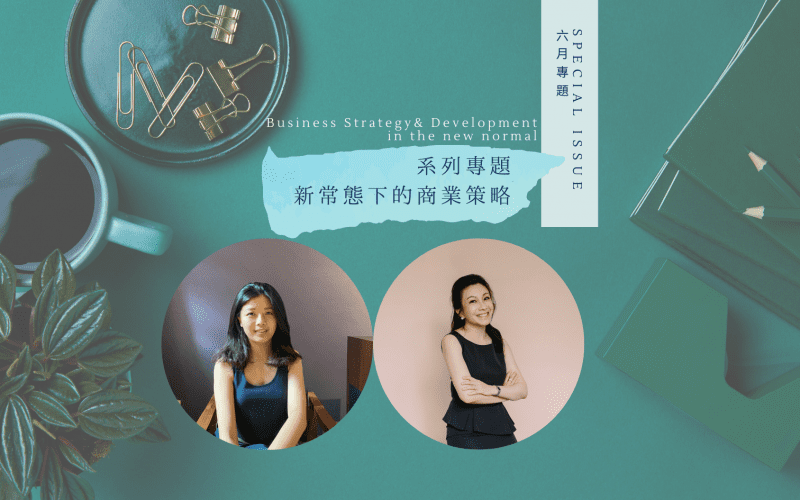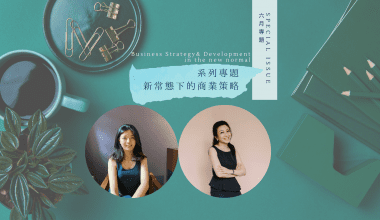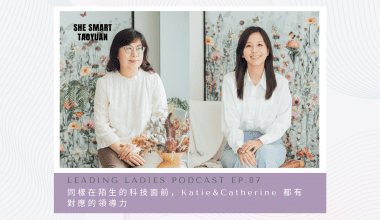上週在我們的特別專題中,來自 BCG 的 Ivy Wu 強調了「學習如何學習」的重要性。不只是個人,對於企業、公司也是,這個技能會幫助我們更好地適應這個瞬息萬變的環境。本週,來自字節跳動(TIKTOK母公司)的商業化戰略總監 Kisson Lin 將分享「學習如何學習」如何套用在企業中,以及其與公司長遠策略的關聯性。 (延伸學習:Kisson Lin 語音專訪-當機會來臨時,你會怎麼做出選擇?】
Last week, in our Special Issue on Business Strategy, Ivy Wu from BCG ends her article by emphasizing on the importance of learning how to learn – as an individual, but also as a company, as it is a skill that will help one adapt to an environment that is constantly changing. This week, Kisson Lin from ByteDance, shares more about what learning how to learn means for a company and how this relates to a company’s long term strategy.

一. 產品戰略:不斷迭代
今時不同往日,產品和行業的生命週期越來越短,追求穩定性在一個高速發展的世界反而意味著不穩定,因為即使跑在賽道第一位,如果不在鼎盛時期主動擴張自己的版圖,就只能坐等賽道萎縮期被其它行業降維打擊,而個人如果不在感覺舒適的時候主動跳離舒適區去拓寬自己的邊界,那就只有等更牛的人來把自己舒適區整個擠掉。
Product Strategy: Continuous iteration
The life cycle of products and industries is getting shorter and shorter. Pursuing stability in such a fast-developing world will only bring about instability to your company, because even if you are the fastest in your swim lane, you wouldn’t know if and when the whole swim lane may disappear and become a running track.
The key is to keep expanding your comfort zone. Only when you move fast and proactively seek to change can you avoid being squeezed out, and even where you cannot see a change coming, you would be in a better position to adapt.

二. 市場戰略:找準定位
在機遇和競爭愈發密集的今天,人的注意力與記憶越發成了稀缺資源,搶占用戶心智,就比以往任何一個時刻都重要。產品要進入一個新市場要找準定位才能搶占用戶心智;而人在職場也要找到自己的定位,善於營銷自己。畢竟,「酒香不怕巷子深」的年代已經過去了,很多時候機會會先找到人們能第一時間想到的人。(延伸學習:前蘭蔻國際專案經理 KYRIA 張淳絪語音專訪 – 疫情衝擊下,如何掌握個人品牌)
Market Strategy: Find your positioning
As there are more choices for consumers, people’s attention and memory are becoming scarce resources, and being at your target audiences’ top of mind is more important than ever. Apart from good marketing and reaching the right audience, the first step is to find your unique advantage – and for a company this can be a skill, experience, or knowledge.
A company can define its new positioning as it moves into a new environment, see how it works, and constantly find the most suitable positioning. But some labels are enduring, e.g. reliability. By managing your portfolio of labels for different occasions, the company can cope with changes more easily and address different target audiences as it adapts its positioning.
三. 企業戰略:以不變應萬變
Jeff Bezos 曾說過:「我經常被問到,未來 10 年會有什麼變化?但我幾乎從來沒被問到未來 10 年有什麼不會變。其實第 2 個問題更重要,因為你可以基於不變量建立一個長期穩定的企業戰略。當有一些你知道是就算拉長時間去看依然可以成立的事情,你就可以投入大量的精力進去。」這個思考引導了 Amazon 在低價、快速、多選擇這三個領域建立強大的護城河,在成立 7 年持續虧損後才開始厚積薄發,而 25 年後的今天以 1.4 萬億美元市值穩坐全球第二大公司。(延伸閱讀:台灣防疫經驗學- 危機處理政策,也可以應用在妳的個人與職場生活)
Corporate Strategy : Build your moat around the things that are stable in time
Jeff Bezos once said, “I very frequently get the question: ‘What is going to change in the next 10 years?’ I almost never get the question: ‘What is not going to change in the next 10 years?’ And I submit to you that second question is actually the more important of the two – because you can build a more solid business strategy around the things that are stable in time.”
With that thought, Amazon invested heavily and built its moat around low price, fast delivery and vast selection (these are the enduring labels that we mentioned in the previous section). Jeff is a long-term thinker. It took Amazon almost 7 years to become profitable, but now with $1.4T market cap, it is already the second largest company in the world.






